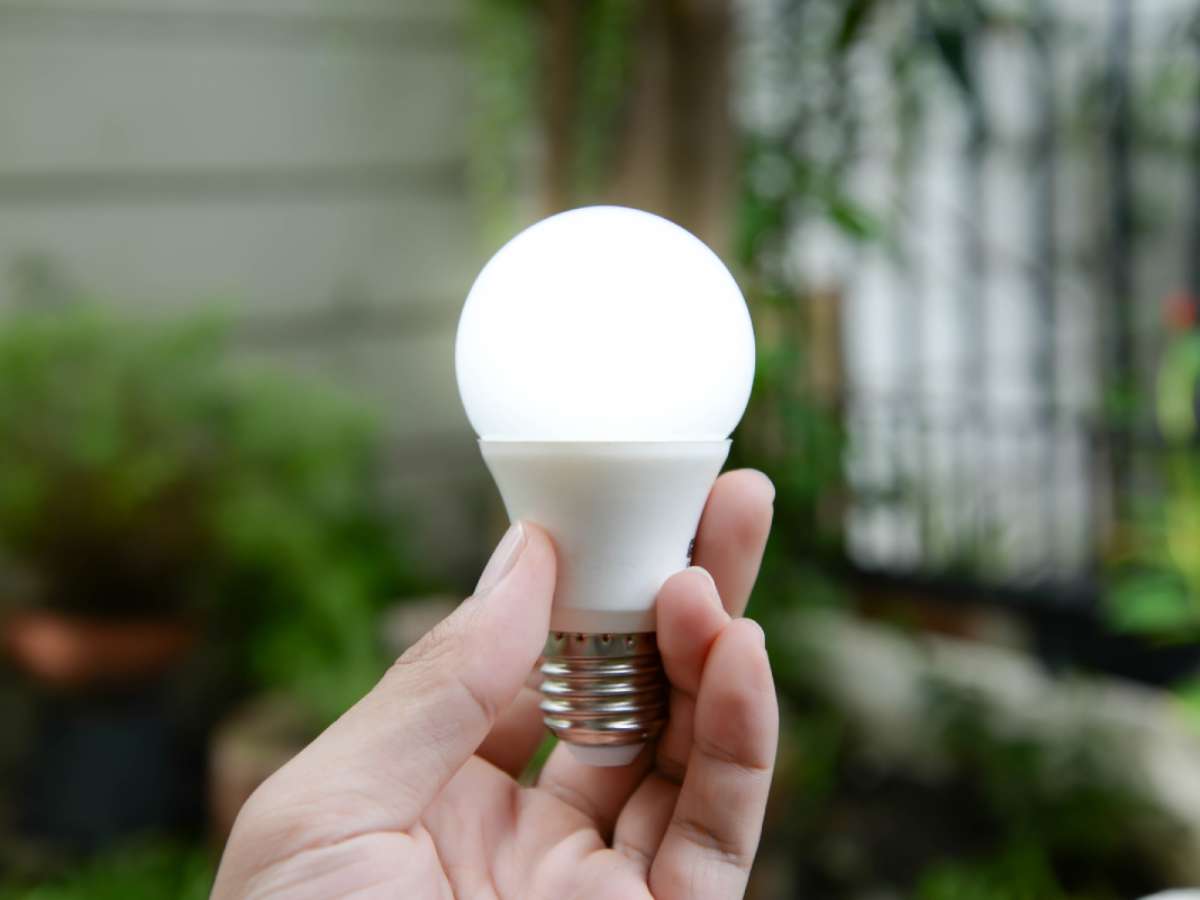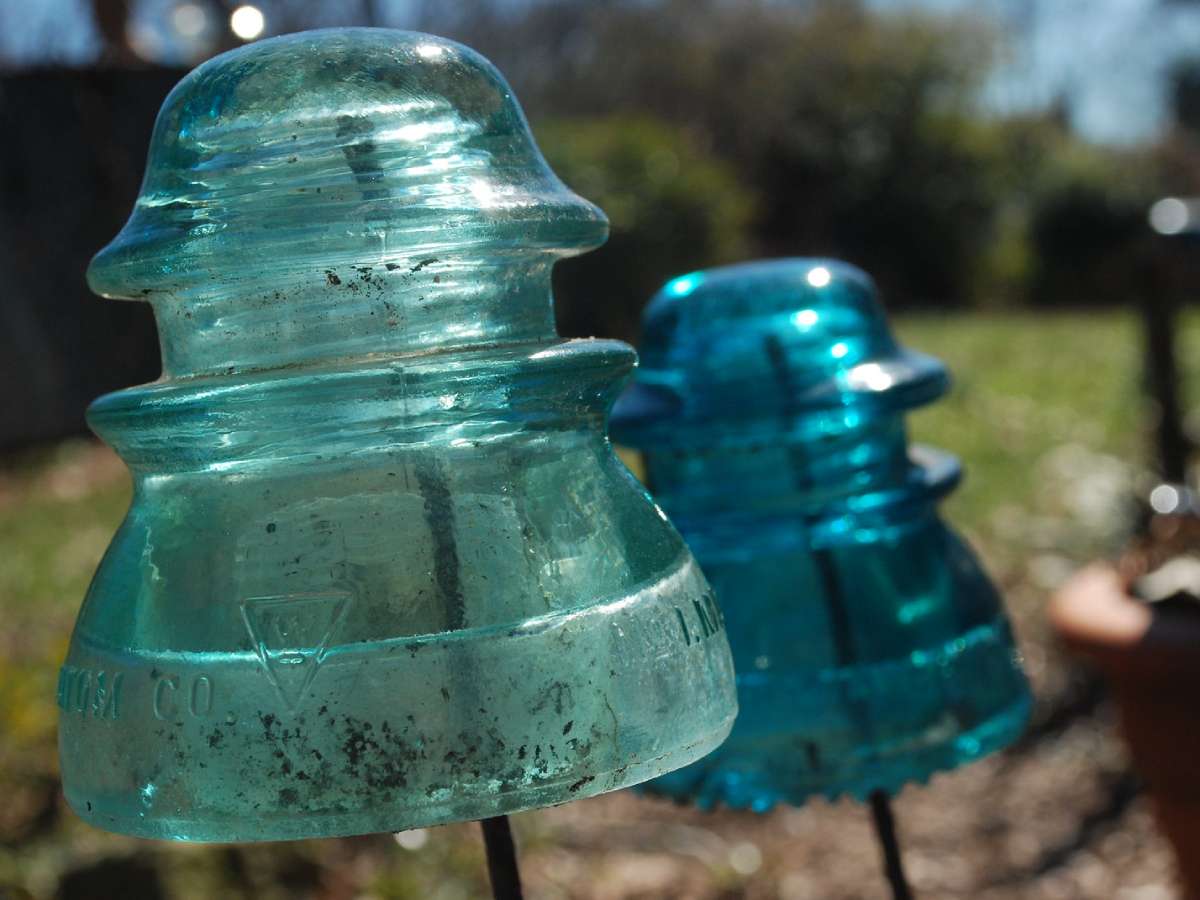 With students slowly returning to colleges and universities, one of the focuses for the coming school year should be to make it a more eco-friendly one.
With students slowly returning to colleges and universities, one of the focuses for the coming school year should be to make it a more eco-friendly one.
After all, when areas receive the influx of people on the scale that so many neighborhoods with campuses do, it can inflict havoc on local environments.
I myself went to a school that had close to 20,000 students who swarmed the surrounding communities. As individuals we may not have realized the impact we had as a large group, but it was definitely felt throughout the local eco-system.
That’s why spreading the word for students of all ages to be a little more green-minded this year can offset some of the annual damage.
10 Ways To Go Green At School
#1. Recycle.
Whether you live at home, in a dorm, or share a house, better recycling is a must. On campus administrations can help by installing extra recycling units and off-campus students can take the initiative by setting up their own recycling stations where they reside.
#2. Reuse.
Of the many ways where reusing prevents further deterioration of the environment, a key focus should be anything dealing with food. Whether it’s fast food or a dinner made for friends, going with reusable cutlery and tableware is essential. This is especially true when it comes to most types of disposable plastic utensils, which are often un-recyclable and end up feeding chemicals into nature.
#3. Avoid plastic.
Speaking of plastic, avoid using it whenever possible. For example, instead of taking new plastic bags from the checkout counter at the supermarket, reusable bags could be used to haul groceries home. Also, having a reusable water bottle prevents buying new ones whenever it’s time to quench your thirst.
#4. Use the refrigerator wisely.
Refrigerators are one of the only appliances that run 24 hours a day. Keeping the door closed as much as possible helps conserve energy, and not over-stuffing the inside (which blocks internal circulation) allows your food to stay fresher longer.
#5. Eliminate phantom power.
Ask any electrician and they will tell you there are various electronic devices plugged in around a living space that draw on electricity even when sitting idle. This is called phantom power. Examples include cell phone chargers not charging, many coffee machines not making coffee, and most appliances with a digital clock.
#6. Use less heat and AC.
When the weather gets chilly, try wearing more layers before adjusting the temperature. It doesn’t mean you should be uncomfortable when it’s cold outside, but putting on an extra sweater slows the burning of fossil fuels when the thermostat is turned up.
#7. Try other modes of transportation.
The most eco-friendly way to travel is by walking or riding a bike. Otherwise, carpooling or taking public transportation helps cut down on extra vehicular emissions.
#8. Choose better cleaners.
Although many standard household cleansers do the job well, they contain harsh chemicals that often cause noxious fumes and pollute water resources when spilled on the ground. Even for the smallest job, make the switch to something greener by trying some of the many eco-friendly alternatives.
#9. Recycle & reuse text books.
One way to green text book usage is to buy your books used and, at the end of the semester, sell them to new students if they are going to be part of future curricula. When it’s clear the books are outdated, drop them into the recycle bin or put them underneath something which needs propping up.
#10. Eliminate paper.
When classes are in session, a lot of paper is usually used for hand outs. That’s why you should encourage your professors, whenever possible, to email course material instead of printing it out. Doing so will cut down the costs of photocopying, clutter, and make a bunch of trees very happy.
I’m a home improvement journalist. I blog about a broad range of eco-friendly topics including DIY home remodeling, cleaning tips, frugal living, as well as unique landscaping and gardening ideas.




